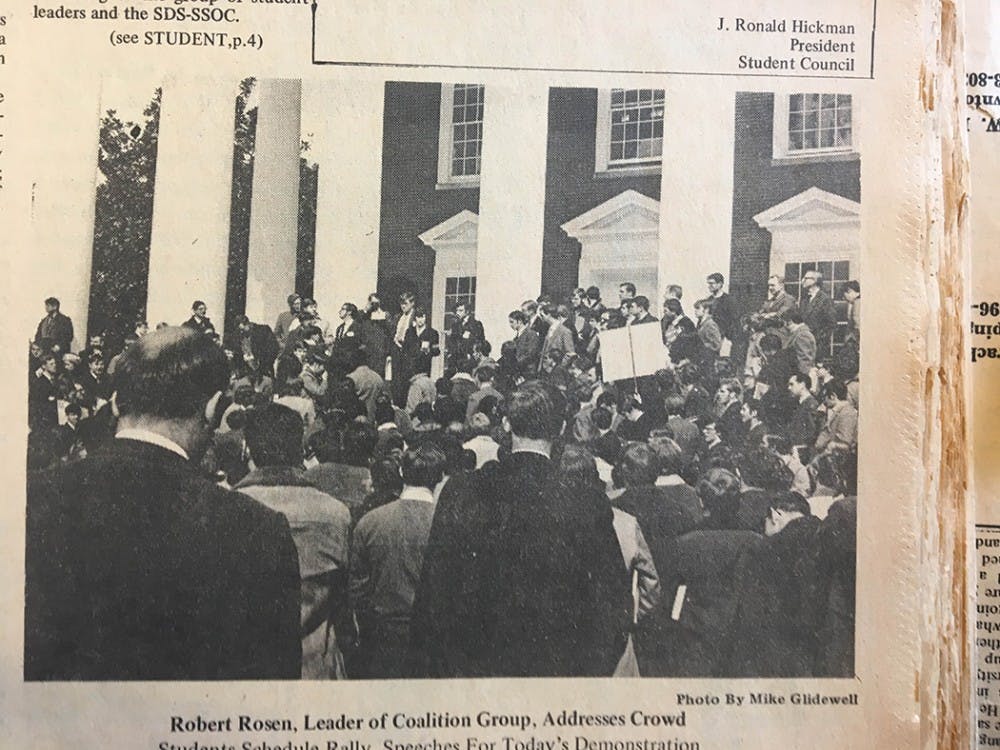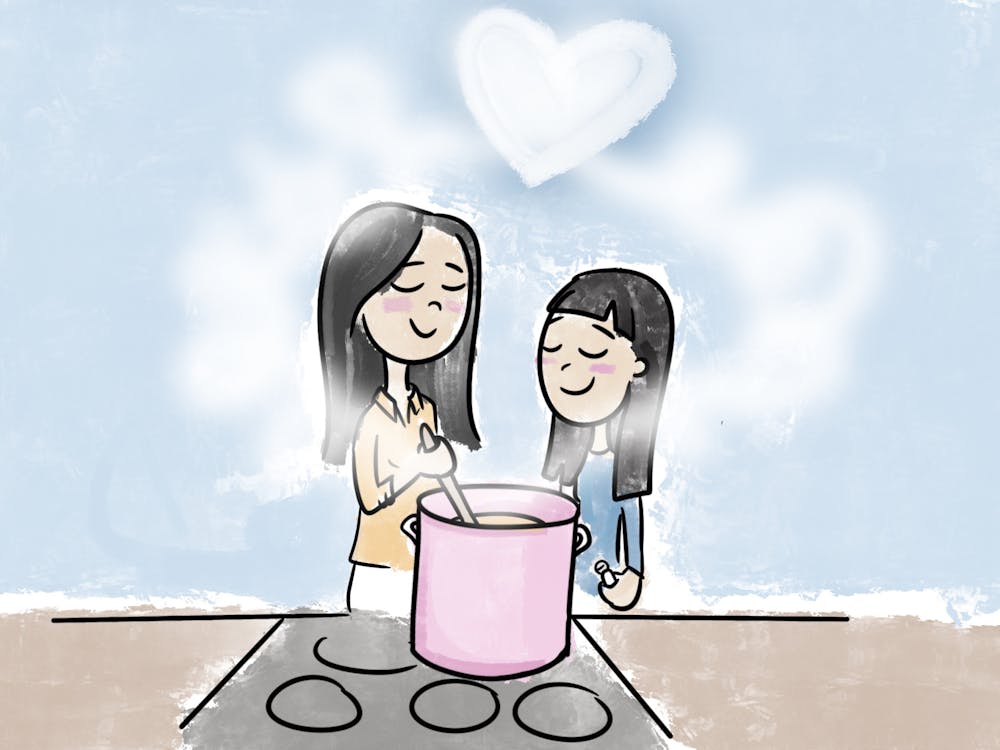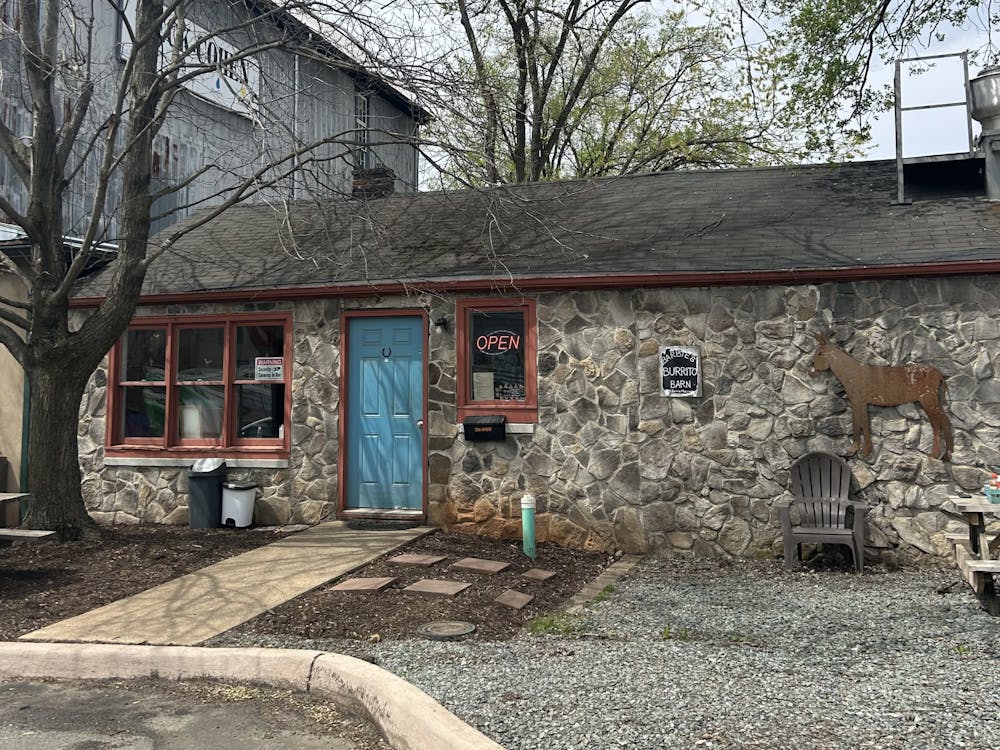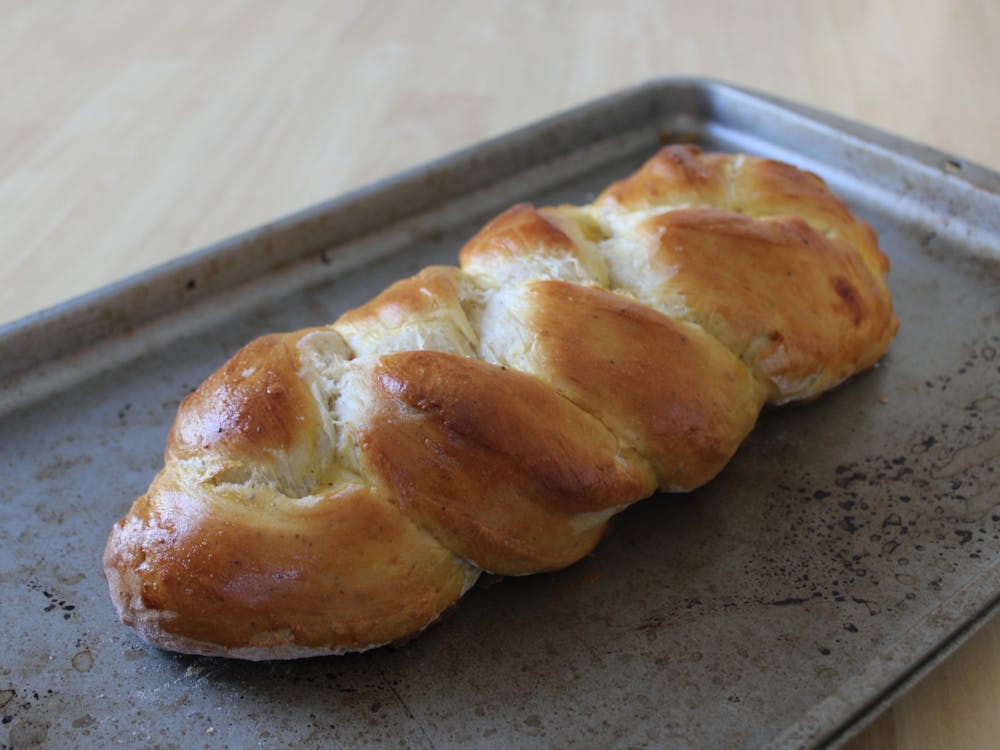1. First black student
Gregory H. Swanson, a Martinsville attorney, was the first African-American individual to ever be admitted to U.Va. He matriculated into the Law School Sept. 15, 1950, only after the Board of Visitors heard a federal court order requiring his admission. There was no doubt about his qualifications, as he had been approved by the Law School’s faculty. Instead, the BOV cited state laws required segregation in educational institutions in their refusal to admit Swanson. Swanson later dropped out of U.Va. due to an overwhelming amount of racial harassment.
2. Martin Luther King, Jr. speaks at Old Cabell Hall
In the spring of 1963, MLK came to speak on Grounds, an event that saw approximately 900 people in attendance. The Cavalier Daily reported King’s speech outlined his goals to double African-American voter registration in the South. “Segregation is a cancer … which must be removed,” he told the audience.
3. Student Council bans organizations from discriminatory businesses
In its May 3, 1967 issue, The Cavalier Daily wrote that all businesses “pursuing a policy of discrimination” would be “off limits” for University organizations, following Student Council’s passage of “a ban on local businesses refusing to serve anyone for racial reasons.”
4. First black faculty member
With the assistance of a grant from the Curry Desegregation Center, the University hired Nathan Johnson, its first African American faculty member in 1967. The Curry Desegregation Center was one of 27 government authorized national educational centers established to address the desegregation of public schools.
5. Student coalition composes list of proposals and demands for the student body
In February of 1969, students from all areas of the University put together an 11-point program detailing actions they wished the school to take. A day later, the group held a march of over 1,000 individuals around the colonnades of the Lawn, followed by a presentation of this program on the steps of the Rotunda. The 11 points included three demands — waiving the $10 application fee and required photograph, appointment of a full-time African American Assistant Dean of Admissions within the next two months and a public statement from the Director of Athletics about his intent to recruit Black athletes and hire Black coaches — and eight strong recommendations. The group asked the Student Council to support these proposals.
6. Students propose Afro-American Studies Program
In March of 1969, the Black Students for Freedom delivered their proposal for an Afro-American Studies Program to University President Edgar F. Shannon and the departments heads that would be involved in creating such a program. The proposal stressed the importance of highlighting African American cultural contributions to American civilization, and history, sociology, economics, politics and the arts would all be primary areas of emphasis.
7. Student Council investigates non-academic employment practices at the University
In the spring of 1969, issues with the hiring practices and payment of black individuals in non-academic fields were brought to the Student Council by student, Buildings and Grounds department employee and janitorial supervisor Robert Banks. Banks pointed to a lack of hiring opportunities for black individuals when the same positions were open for white applicants, discrimination in assigning shifts and a five cent pay difference per hour. Six Student Council members formed a committee to further investigate these claims.
8. First black Student Council president elected
In 1969, graduate student James Roebuck was elected Student Council President for the 1969-70 academic year. Roebuck had previously served on Student Council and was an advocate for racial equality. Additionally, Roebuck had served Student Council President Virginia Union University during his time there as an undergraduate.
9. First Black Cultural Week
In 1971, the University held its first Black Culture Week, from Feb. 14-20. Each day’s event was focused on a different portion of “the black experience.” The week began with a speech from civil rights leader Julian Bond, who eventually become a professor at the University in 1992. The Black Students for Freedom hosted the event in an attempt to unify African American students within the University and within the state.
10. University establishes Office of African American Affairs
In the spring of 1976, Dr. William M. Harris, Sr. became the first Dean of the Office of African American Affairs, which was temporarily placed at 4 Dawson’s Row. A little less than a year later, the office was moved to the Luther P. Jackson House, named in honor of a Virginian social rights activists. The office was conceptualized as the Office of Minority Affairs.





